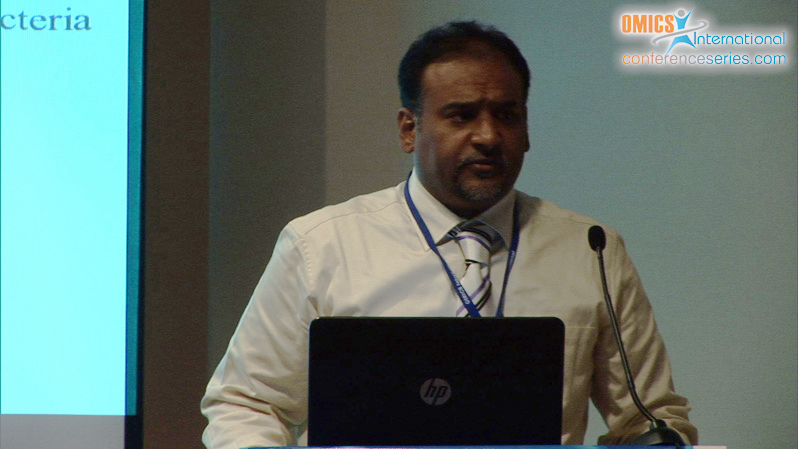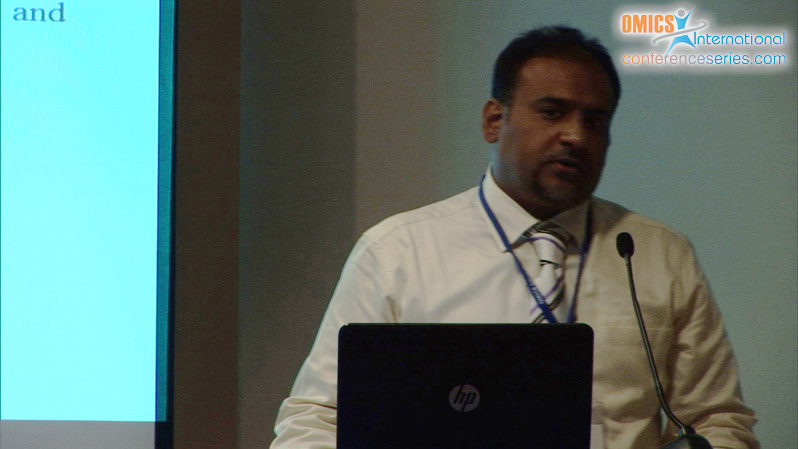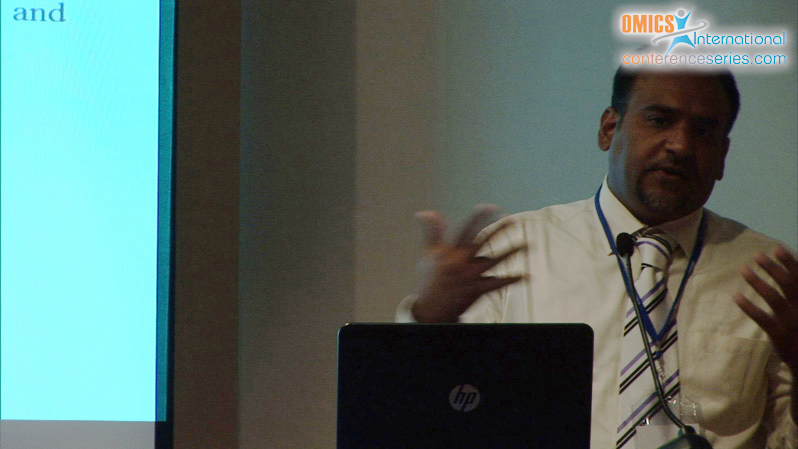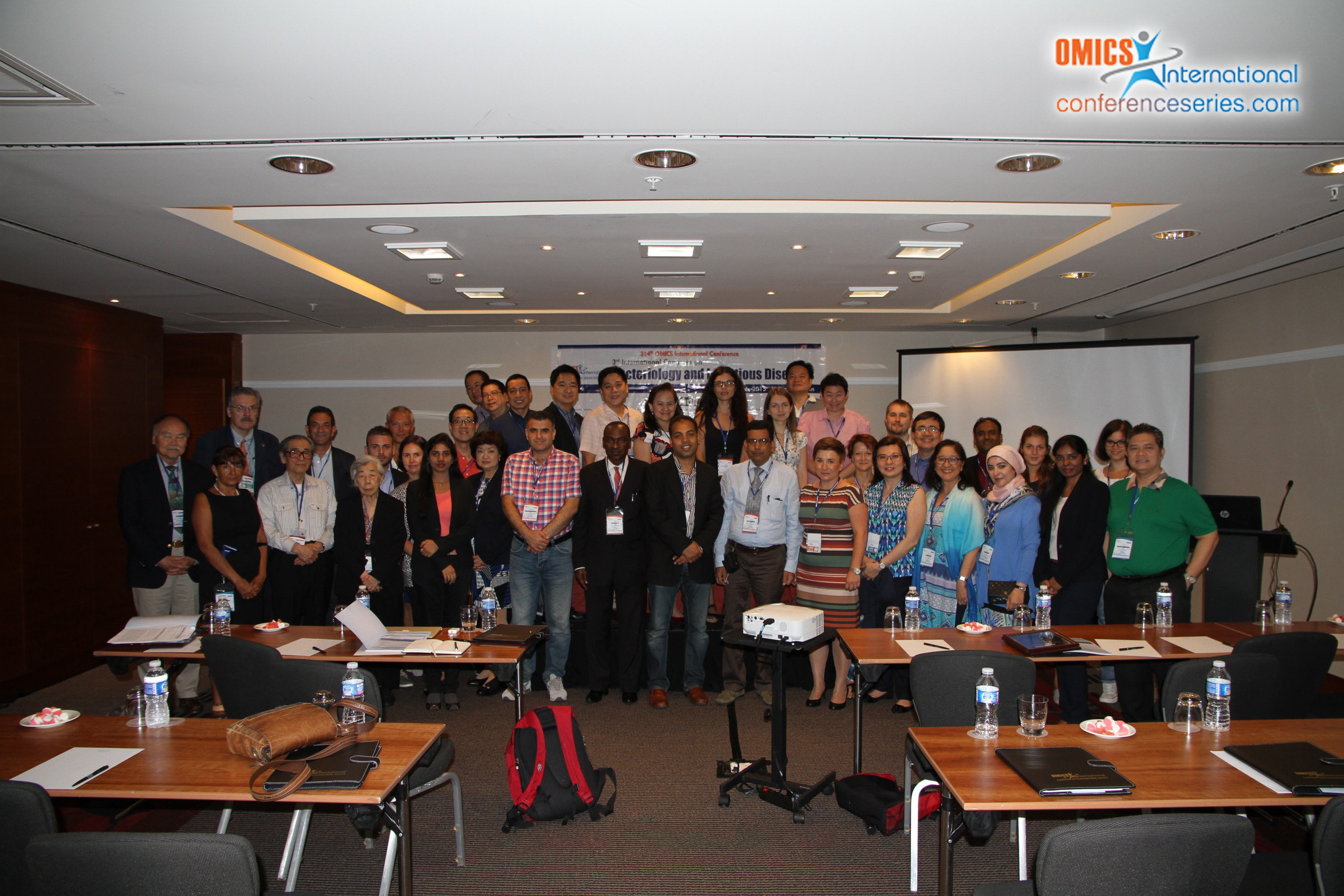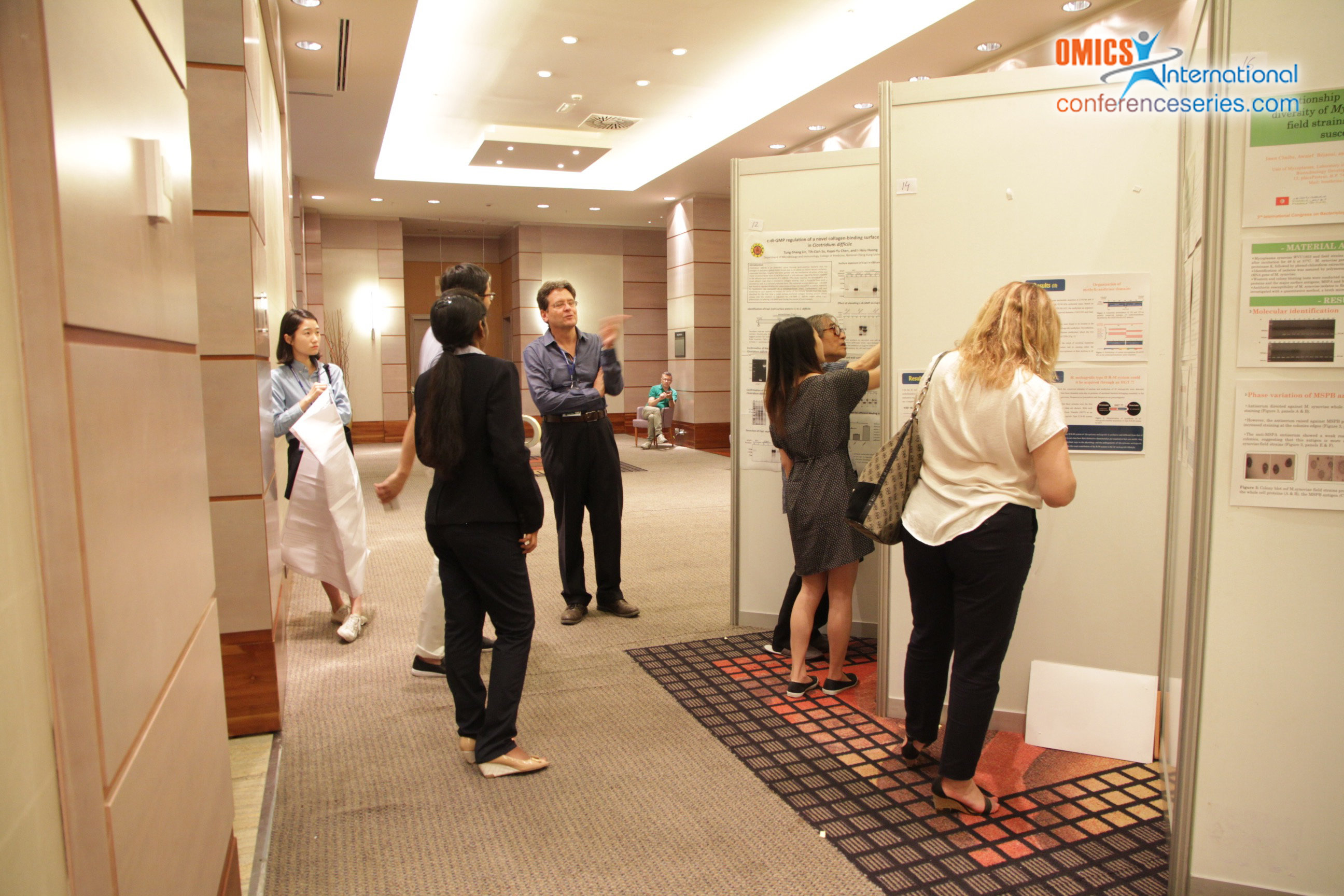
Majed A Halwani
King Abdulaziz city for Science and Technology, Saudi Arabia
Title: Comparison for encapsulated gentamicin efficiency within different neutral and negative charged liposomal formulations for treating pathogenic lung bacteria
Biography
Biography: Majed A Halwani
Abstract
Background: Associated pneumonia with antimicrobial resistant pathogens is a worldwide concern. New antimicrobial agents are sparse and such infections will become a major challenge. Liposomal formulations are of proven superiority in delivering drugs to end organs and have the ability to protect drugs from metabolites and other host's harsh materials and at the same time reduce toxicity. The goal of this study is to evaluate different neutral and negative liposomal-gentamicin formulations for their encapsulation efficiency, stability, and antibacterial activities. Method: Neutral liposomal-gentamicin (NLG), negative charged liposomal-gentamicin-1 (NELG-1) & negative charged liposomal-gentamicin-2 (NELG-2) were prepared by dehydration-rehydration method. The particles sizes in the formulations were measured by light scattering technique. Loaded gentamicin within different liposomal nanoparticles was measured by microbiological assay. Minimum inhibitory concentration (MIC), minimum bactericidal concentrations (MBC), and killing time curve were studied on several bacterial gram negative / positive strains. Liposomal formulations’ stability were studied within different biological conditions include plasma, sputum, and BAL at 37 áµ’C. Results: The encapsulation efficiency of gentamicin within NLG, NELG-1, and NELG-2 were 1.8%, 37.2% and .43.6% respectively. Formulations stability of each of NLG, NELG-1, and NELG-2 in presence of some of the biological fluids such as bronchial alveolar lavage (BAL), human plasma, and sputum were studied at 37áµ’C for 48 hours. NLG, NELG-1, and NELG-2 were kept interestingly amount of gentamicin among those biological fluids, but when exposed to human plasma their content of gentamicin were mild dropped down. Bacterial eradication of several planktonic pathogenic ATCC strains by NLG was 2-fold lower than free gentamicin, whereas NELG-1 and NELG-2 eradicated them as same as free gentamicin. The killing time curve values at 1, 2 and 4 time MIC for our formulations against P. aeruginosa were better than free gentamicin. Interestingly, NELG-2 reduced biofilm formation by 2-fold on day 2 better than NLG and NELG-1 compared to free gentamicin. Conclusion: All formulations exhibited a bactericidal effect able to eradicate bacterial strains at low concentration when compared to free gentamicin. On the other hand, these formulations exhibited improved killing time and anti-biofilm forming. Our endeavors are ongoing to examine theses formulations toxicity profile.


